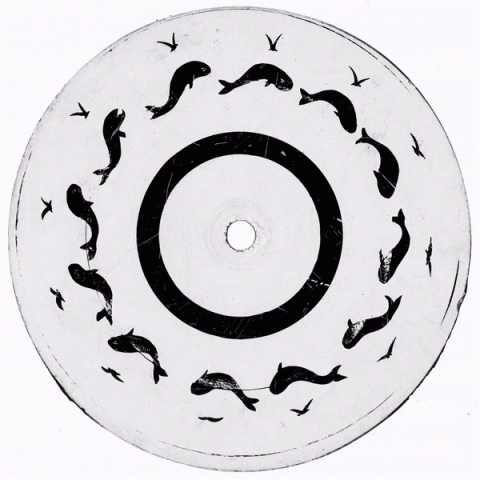
The phenakistiscope was a popular 19th century parlor toy that relied on optical illusion to create one of the earliest forms of animated entertainment. Invented simultaneously in 1832 by physicist Joseph Plateau in Brussels and by mathematician Simon von Stamper in Berlin, the device was marketed under slightly more pronounceable monikers such as ‘stroboscope’, ‘phantasmascope’, ‘motoscope’, ‘fantoscope’, ‘magic wheel’, and others.
The first phenakistoscopes were printed, drawn, or painted on non-transparent surfaces like cardboard. The phenakistoscopes in our collection of Alexis du Pont stereoviews and lantern slides (Accession 2016.303), however, are made of glass, and were intended to be used in conjunction with a magic lantern, an early type of image projector. This collection of stereoviews and lantern slides was assembled by Alexis "Lex" du Pont (1928-2016), the son of Du Pont Motors founder E. Paul du Pont (1887-1950). The founder of New Garden Aviation and New Garden Flying Field in Pennsylvania, Alexis "Lex" du Pont was also a collector and dealer of motorcycles, automobiles, and antique aircraft.
The phenakistoscope seen above is, like the rest of its cohort in the collection, undated. We estimate that it was created at some point around the second half of the 19th century.
In addition to phenakistoscopes, the digital collection also includes non-mechanical lantern slides, stereoviews, and (yes!) more mechanical lantern slides, including a choreutoscope, an astronomical rackwork slide, single and double slip slides, and slip panorama slides.
To view these items now in our Digital Archives, along with animated video files to demonstrate them in use, just click here.

